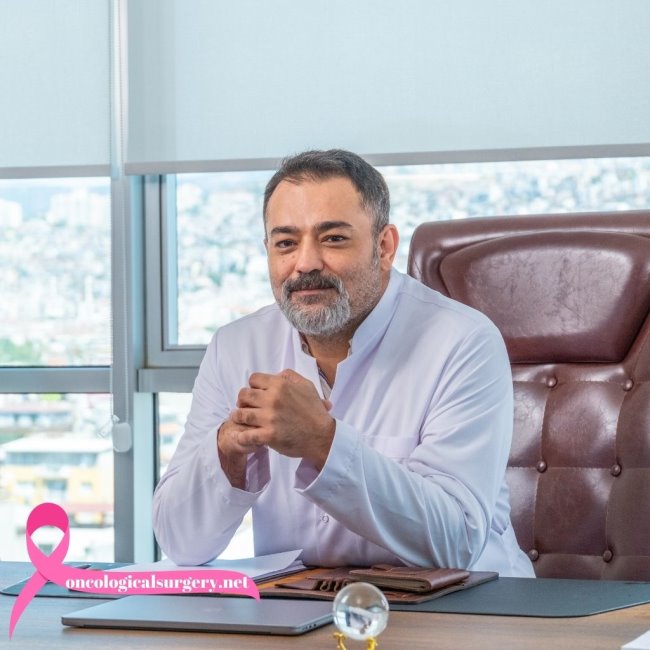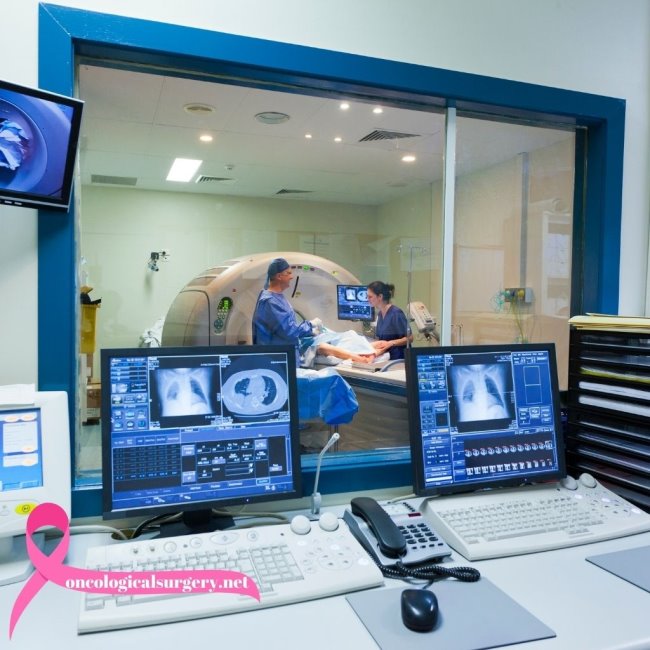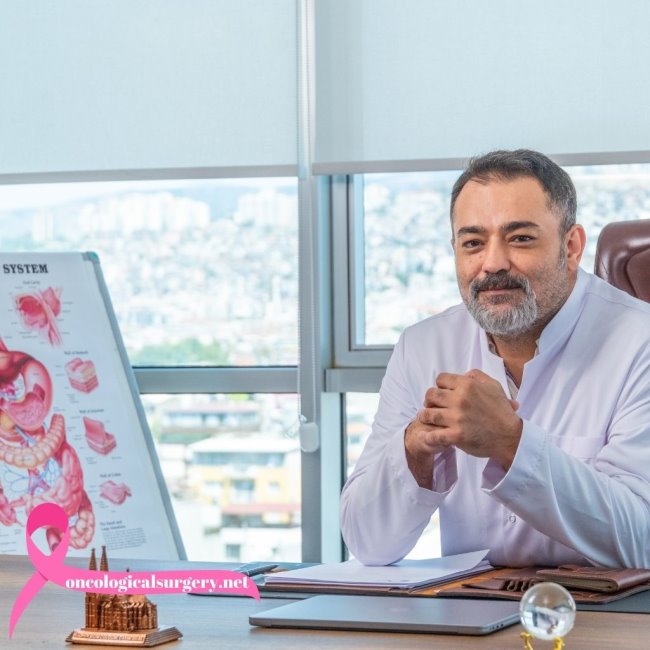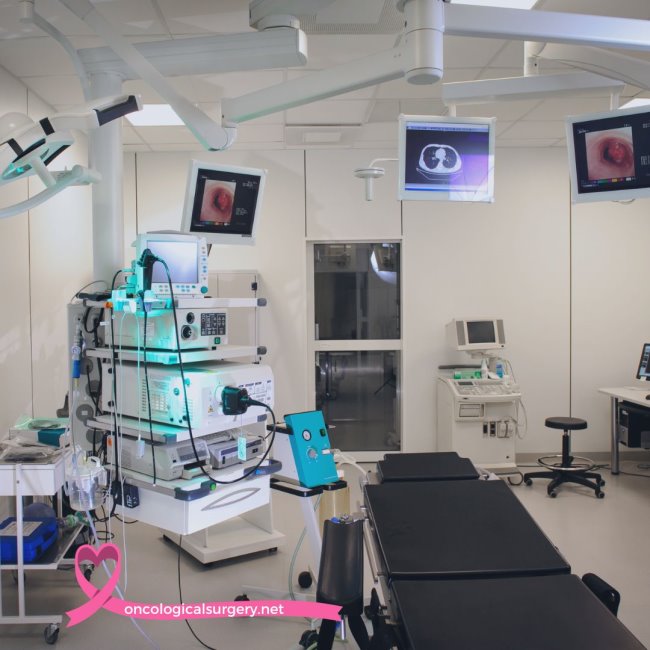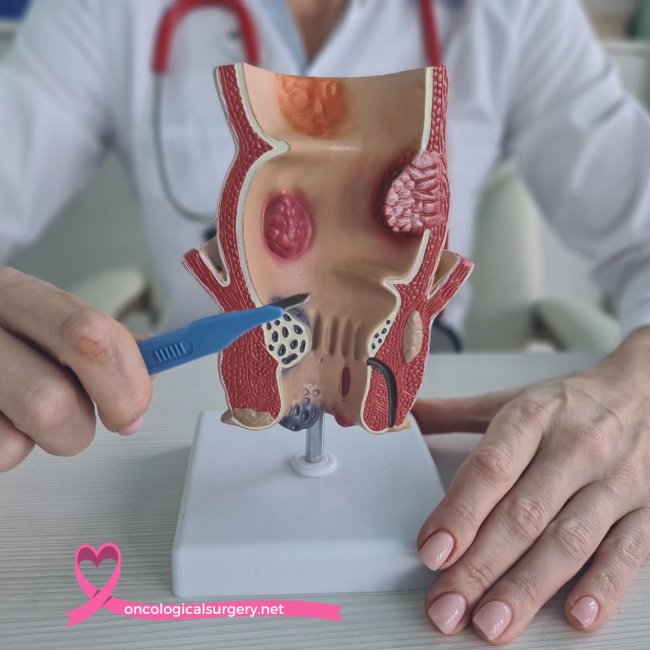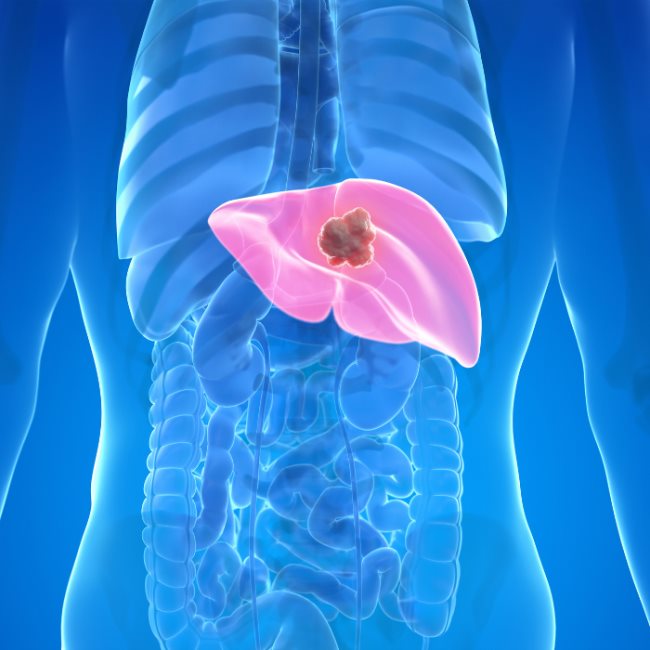
What is the Appleby procedure in pancreatic surgery?
The moment the words “pancreatic cancer” are spoken, there is an atmosphere of fear and dread that descends. It’s one of the more problematic cancers to identify in its early stages and effectively deal with. But in the midst of this harsh cold reality comes the break through with new surgical methods like the Appleby Procedure—especially when dealing with late-stage pancreatic cancers in the region surrounding which the cancer is situated. Here we explore what the Appleby Procedure is, when and how it’s used, and who might require it.
Understanding Pancreatic Cancer
Pancreatic cancer most often starts in your pancreas' tissue—a vital organ located behind your stomach that helps with digestion and blood sugar regulation. It is very hard to identify early and by the time the symptoms are visible, it could already be too late.
Most tumors in the tail or body of the pancreas are inoperable by this stage since by then, they will extend into surrounding blood vessels. It is then that procedures like the Appleby are used.
Therefore, What is the Appleby Procedure?
The Appleby Procedure is technically very complex and involves removal of the tail and body of the pancreas (distal pancreatectomy) and the celiac axis—a major artery that provides blood to numerous organs in the abdomen.
Initially intended to address stomach cancer, the Appleby Procedure is being applied to some pancreatic cancers nowadays. It is used particularly when the cancer is localized to the celiac axis and has not spread to major arteries like the superior mesenteric artery.
This is one procedure that requires an experienced pancreatic cancer specialist with significant vascular surgical skills and advanced abdominal anatomy knowledge. The procedure technically is difficult, but if done so effectively, it can make an otherwise untreatable case one that has the possibility for being cured.
When Is the Appleby Procedure Used?
The Appleby procedure is generally saved for locally advanced pancreatic cancers that are within the celiac axis without distant metastasis. They are generally tumors that are located in the body of the pancreas.
In most of these cases, ordinary surgical removal is not an option because malignancies surround major arteries. The Appleby Procedure does make it possible to remove the affected artery and rely on collateral circulation—or blood from the superior mesenteric artery to supply blood to the stomach and liver.
Pre-surgery planning and imaging are necessary. Some physicians perform pre-operative embolization just to experiment with viewing stomach and liver to identify if these organs will survive without celiac axis direct blood supply. If the patient can survive this experiment then surgery could be undertaken.
The Surgical Procedure: A Comprehensive Overview
The Appleby Procedure is conducted under general anesthetics and usually takes several hours. Below is an overview in simplified step-by-step form:
- Access and Evaluation: The surgeon opens the abdominal cavity and fully assesses the size of the tumor.
- Distal Pancreatectomy: Tail and body of pancreas are resected.
- Splenectomy: The spleen is likewise eliminated in most cases owing to its proximity and vascular association with the pancreas.
- Celiac Axis Resection: It is resected and divided. It is an important operation and needs meticulous vascular dissection.
- Collateral circulation check: Perfusion is employed to confirm that the stomach and liver are remaining well perfused.
- Closure and Recovery: Once all the malignant tissue has been excised and any sources of bleeding eliminated, the abdomen is closed and the patient is transported to recovery.
Risks and Concerns
As with any major procedure, especially one that involves vascular structures, there are risks. The potential complications include:
- Liver ischemia
- Gastric ischemia
- Infection
- Bleeding
- Delayed gastric emptying
- Pancreatic fistula
That is only one reason that it is so critical to proceed with the operation with the guidance of an experienced pancreatic cancer specialist. Specialists in this type of cancer are better able to deal with the intricacies of the surgery and any subsequent complications that may arise.
Recovery and Prospects
Recovery from the Appleby Procedure is variable depending on the patient's overall health and surgical complexity. Hospitalization is usually 7–14 days, with more complicated surgeries taking longer to recover from.
If the procedure is successful and does not spread out the cancer, the outlook can be highly improved. In most individuals, this treatment is only one aspect of an integrated treatment regimen with chemotherapy and radiation therapy prior to (neoadjuvant) or subsequent to surgery (adjuvant).
Appleby Procedure and Hope: True Stories
Increasing success worldwide is being reported with the Appleby Procedure. Those once informed that their cancer was inoperable are living healthier and longer lives because of this aggressive surgery.
There are several reasons behind this trend and one major reason is the increased availability of specialist treatment in countries like Turkey. Pancreatic cancer treatment in Turkey has become very well known in the past ten years with its advanced technologies, experienced specialists and affordable treatment centers
Why Pancreatic Cancer Treatment in Turkey?
Numerous cancer patients from Europe and the Middle East and beyond come to Turkey to undergo treatment—and not without reason. Among the greatest advantages are:
- Expert Specialists Access: Turkey has internationally qualified pancreatic cancer specialists who perform complex procedures like the Appleby Procedure on an ongoing basis.
- State-of-the-art Equipment: Turkish hospitals include state-of-the-art equipment with advanced technology such as high-resolution imaging and intraoperative navigation.
- Affordable Care: The cost of cancer care in Turkey is far less than in most Western nations—without any sacrifice in quality.
- Integrated Care Model: The hospitals in Turkey place surgery, chemotherapy, and supportive treatment in one package and this simplifies the treatment procedure.
If you or your loved one has received a diagnosis with pancreatic cancer, undergoing pancreatic cancer treatment in Turkey could potentially be life-changing.
The role of the multidisciplinary team
What makes the Appleby Procedure feasible is not the individual surgeon—it’s the whole team. It takes coordination with oncologists, radiologists, anesthesiologists, and specialists in post-surgical care to make it work. Which is the reason specialized centers that focus on treating cancer are usually the better option for such complex surgery.
Closing Remarks
The Appleby Procedure can seem draconian—and in some respects it is. But to carefully chosen local area patients with advanced pancreatic cancer, it is potentially an offer of hope. It is more than surgical removal of an obstructing tumour; it is about giving people the second chance when the conventional treatments are no use.
If you are diagnosed with pancreatic cancer and wondering what choices you have available to you, consult with an expert on pancreatic cancer. Do not hesitate to explore the possibility of treatment outside your home country either. Countries like Turkey are being increasingly accessed for high-quality, affordable treatment options—and potentially hold the solution you are seeking.
